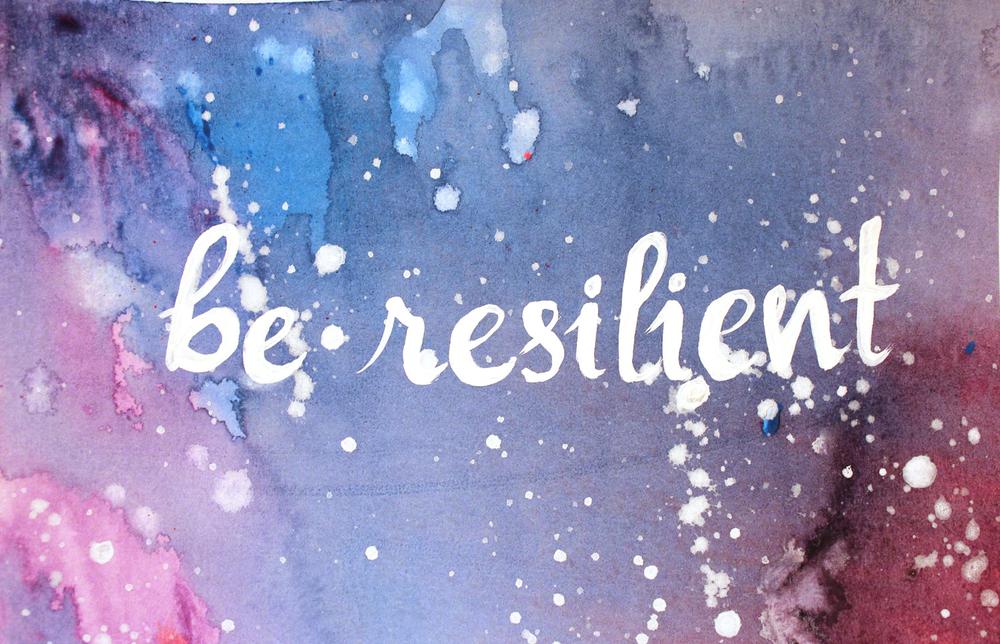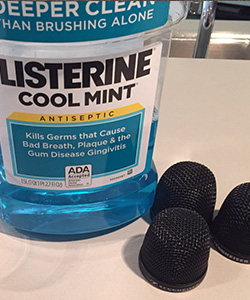
Noise Engineering SoundGirls Scholarships
About Noise Engineering:
Noise Engineering‘s mission is to make engaging tools for sound and music production. Started as a hobby in 2014(ish), we cut our teeth making Eurorack synthesizer modules in new and unusual styles. We love exploring new sound spaces and interesting ideas in synthesis to help broaden the universe of musical tone. We strive to put as much immediate functionality into every product as we can: we want to make fun products that inspire creativity; products WE want to play with. With products spanning a growing range of platforms, we aim to meet you, the artist, wherever you are. On the road, in the studio, in hardware or software, anywhere in the world, we have tools for you.
Our core values are based on community. Music is a place for everyone. We believe that all people should be treated with acceptance and respect and we welcome everyone into our community. But synthesis can be difficult to wrap your brain around, and we believe that it’s our job to help lower the barrier to entry. We work hard to offer extensive outreach and education, but we know there is always room for more–there’s so much to learn! We created the SoundGirls Noise Engineering scholarship to help people dedicated to the SoundGirls mission follow their dreams.
Award: We are awarding two $500 scholarships to be used for audio education and continuing education.
APPLICATIONS For 2021
Noise Engineering is providing members of SoundGirls two $500 scholarships to be used for audio education and continuing education. Applications are now open
WHO IS ELIGIBLE?
Any member of SoundGirls that is attending or plans to attend educational programs in Professional Audio. There is no age requirement and includes college programs, trade schools, seminars, and workshops. Applications are open to all genders and non-conforming genders.
HOW TO APPLY
Write a 400-600 word essay on the topic: Why you love working or want to work in professional audio. Applications are now open- Apply Here
DEADLINE FOR SUBMISSION
The essay submission deadline is 12:00 midnight EDT July 30, 2021. The scholarships will be awarded in August 2021 and paid to scholarship winners. Scholarship winners will be required to send proof of enrollment in the educational program to SoundGirls or scholarship money must be returned.
SELECTION PROCESS & NOTIFICATION
The SoundGirls Board will review essays and will notify the winners via email.
ADDITIONAL DETAILS
The scholarship funds awarded can be used for educational programs related to professional audio. Scholarships are non-renewable. You will need to submit proof of enrollment in a program.
QUESTIONS?
Any questions on the scholarship essay can be directed to soundgirls@soundgirls.org.
Additional Scholarships and Resources









 We just got some new merch in. Long Sleeves, Onesies, Toddlers, Gig Bags, and Canvas Totes. Check it out Here
We just got some new merch in. Long Sleeves, Onesies, Toddlers, Gig Bags, and Canvas Totes. Check it out Here